Weekly Thing #223 / Digital Identity, Finding a Mode, WWDC
I’m Jamie Thingelstad, and this is the Weekly Thing. You can read this, click on articles, all while knowing that your privacy is preserved and nobody is watching you.
Summer is officially here. The kids are done (or finishing) with school and have the whole summer in front of them. It is fresh and delightful outside. Warm, but not hot. Trips are planned and eagerly awaited. It would be great to be able to bottle this up so you could have just a sip of it in the dark and cold days of winter. ☺️
Looking below it seems I got a bit verbose. It was also Apple’s WWDC this week. Let’s keep the intro short and move onto this weeks exploration, discovery, and learning! That will make more sense as you keep reading…
🙌
“We don’t stop playing because we grow old; we grow old because we stop playing.” — George Bernard Shaw
Featured
Reputation in Web3: Ships Built on the Great Flood
This is a great essay. First let me start though by saying that I would define Web2 and Web3 differently than the author. I tend to want to define those terms as technical things. The way this essay defines them is more common though. I also don’t think that Web2 and Web3 are versus each other, but can live together. However, the main point of this article is about digital identities and I accept there may be more versus in that context.
I also love that significant context is presented.
Social apps or content with just the right combination of uniqueness, design genius and luck had hit the jackpot and acquired millions of customers within hours. And so they poured their ideas, talent and cash into these platforms, adding even more appealing media and interactivity, fostering even deeper engagement without any additional cost to the network. And despite the grumbles about unfair practices or addictive behaviors, all this just made the networks more essential. The flood of users kept pouring in.
There are seven primary benefits that are highlighted for Web3.
- Platform wealth and economic sharing
- Content ownership and rights
- The happy accident of NFTs
- Lies, hype and bots
- Governance, individual influence and moderation
- Permissionless development and composability
- New models of work and collaboration
The primary punchline is that decentralization is not enough. Use X instead of Y because it is “decentralized” is not going to succeed. The vast majority of people don’t care. It sounds like technobabble. While that decentralization may be the critical difference, it will have to show up as value in ease-of-use, durability, something that people can associate value with.
The essay leaves us with this interesting question (emphasis mine).
Right now, and for the foreseeable future, follower graphs on centralized social networks are a source of significant and enduring value. We see in every dimension of our society how efficiently that influence can be translated into financial, political and cultural gain. So to ask our question another way: Will there be a time when most users’ on-chain identities and reputations are more valuable to them than their centralized social network follower count and composition?
This is a great way to prompt this question, and gets to the root of the matter. Your digital identity is a core aspect of you. Speaking for myself, and I don’t always like this, but I for sure am willing to put up with more frustration the closer a platform is to my digital identity. I have many concerns with Twitter, but because I made it part of my digital identity, getting rid of it is much more difficult than say deleting my Reddit account.
The other thing this made me think of is OpenID. OpenID suggests that a user should sign in with their website. I think for many people this is broken from the beginning, because they don’t have their own websites. There are ways around that, like making Twitter or Github an OpenID provider. But still the thesis is a niche. However, even in that niche I think it is weird. I’ve had my own website for over two decades, but I don’t think of my website as my identity. It is where I publish my blog. The same as I don’t think of my house as my identity. These are things that provide value to me, and sometimes others.
And this is where my “aha” was with the question.
Will there be a time when most users’ on-chain identities and reputations are more valuable to them than their centralized social network follower count and composition?
Maybe.
I’ve felt this first-hand with the use of Ethereum Name Service. ENS is very different from DNS in many ways, even though they are only one letter apart. DNS allows a name like thingelstad.com to point to some server on the Internet and give you my website. ENS allows a name like thingelstad.eth to point to some account ID on a blockchain and connect to me, or some entity. That last part is the difference, and it is big. thingelstad.com is my website. thingelstad.eth is really, me. And in it I can publish my name, email, my website, a profile photo. I can publish my addresses on multiple platforms and let you know “Hey, I’m over on Solana too!”, or “Check out my Tezos adderess”. You can also see my collection of NFTs, including my POAPs that tell a whole story.
So, can this usurp the centralized Twitter profile? Maybe. Is it part of my digital identity, for sure. But digital identity is a big surface area and no one technology or solution will likely ever be the whole thing. Oh, and to compare to OpenID, connecting with thingelstad.eth and authenticating in my wallet feels totally normal, simple and easy.
Don’t Find A Niche, Find A Mode
This is a bit meta, because this article is really about publishing online and while I find this stuff interesting, I often find it far too marketing heavy. I do like the idea though of finding people to connect with, and sharing value. That is why I make the Weekly Thing after all.
This article presented something new though, the idea of a mode over a niche. I’ve always struggled with the idea of creating a content about a niche. Most every piece of advice you can find about creating a website or newsletter is about finding your niche. I can never answer that question. It has made me feel like it is something I’m missing by not doing.
But this idea of a mode I love. I think about this often. I love the mode of discovery, exploration, and learning. Those verbs tend to align with nouns like technology, leadership, privacy, productivity. Very notably the nouns may evolve and chnage as a result of, well, discovery, exploration, and learning.
I think of the Weekly Thing as a way to share that journey. I guess it is a mode, not a niche.
I’ve been asked by a lot of people how to start publishing a blog, or writing a newsletter. I think my advice to them always fall flat. The first step is to just start writing. About what? Whatever is on your mind. I love to highlight that one of my very first blog posts from 2004 was about getting rain gutters installed.
Now though I understand that they are looking for a niche. I think the best thing is to get into the mode. The mode will take you wherever you end up, and that will be right.
Currently
Installing: This all started off simple enough, I wanted to support some interesting projects and get them some matching funds. But to do that I had to prove I wasn’t a bot. The service wanted me to validate myself with BrightID. Sure, fine. It is pretty easy to get me to install and try something new. BrightID verifies that you are in fact a human being. After installing it, I then had to get verified. I didn’t know anyone who was already verified so I joined a Verification Party via Zoom. 🤝 Then I find myself on a Zoom call with 50 random people around the world proving that we are all human and then connecting with a BrightID staffer. What a strange world. 😏
Reading: My book club has started reading Addiction by Design: Machine Gambling in Las Vegas and it has started out very strong. There is so much psychology at play here!

The EE/CS building at the University of Minnesota is where I first encountered the Internet. One level above ground floor is the lab where I got my first exposure SunOS and the beauty of Unix. On the floor above that was the graduate lab that Dr. Riedl ran and I had 24 hour access to. There were Sun Workstations and NeXT workstations running NeXTStep in there that I learned so much on. By the way, if you are using macOS much of NeXTStep is running on your machine now. I still remember FTPing to ftp.stanford.edu and realizing what was happening. 🤯 I have always loved networks. This is a magical place for me. The experiences that happened here shaped so much of my life. ✨
Jun 10, 2022 at 4:07 PM
University of Minnesota, Minneapolis, MN
Notable
Why Target’s inventory problem is freaking everybody out - FreightWaves
Have you ever noticed how traffic jams, however they start, are note linear? I mean, you don’t linearly slow down from 60 mph to 30 mph and then linearly increase your speed until you resume. Instead, you are cruising along and then quickly have to come to a complete stop. Then, you have stop and go traffic for a while and you have to be very attentive to the cars in front of you as you start to speed up because inevitably you end up stopped again. This is complex systems stuff. Flock of birds activity. You need serious math and high-end simulations to model it.
The pandemic did that initial stop to so many things in our life, and now we get to figure out how those systems come back to some level of stasis and what the start and stops look like in the middle. Keep your seatbelt fastened!
Where To Spend More Part Three
Byrn with some more perspective.
Human Capital over long time horizons. Supported by:
- Nutrition
- Exercise
- Connection
- Mood management
- Conflict reduction
None of them make me appear rich, all of them contribute towards True Wealth.
A lot of wisdom here.
Design Your Organization to Match Your Strategy
Compelling article focused on materializing your strategy into your organization.
When it comes to executing strategy, alignment means configuring all of the organization’s assets in the service of your stated strategy and making sure there is no confusion about what each part of the organization does to bring it to life.
Highlights these key areas:
- Translate differentiation into capabilities.
- Separate competitive capabilities from “everyday work.”
- Distribute resources and decision rights to the right leaders.
- Shut down irrelevant processes and governance.
- Understand where the current culture will get in the way.
- Build nimble structures that allow you to pivot.
Definitely worth considering, particularly as your strategy evolves and if you haven’t had any organizational changes to adapt to that.
Driving Iceland’s Overlooked North
A friend sent me this article as we are heading to Iceland this summer for a family trip and we are going to be in this fantastic area.
But for those seeking to get off the beaten Circle, North Iceland offers an analogous, lesser-traveled route known as the Diamond Circle. Near the North’s unofficial capital, Akureyri, the 150-mile route visits Dettifoss, said to be the most powerful waterfall in Europe; the horseshoe-shaped canyon of Asbyrgi in Vatnajokull National Park; the whale-watching village of Husavik; and the volcanic craters, lava fields and hot springs surrounding Lake Myvatn.
The photos are fabulous. I can’t wait.
Organize Your Budget, Organize Your Life
Tammy and I have used YNAB for years to manage our personal finances and it works really well. A few years ago we started doing something similar to this article. We started structuring our budgets around the major entities in our life, and then by category. For example, every family member has a category. Cars have a category. House, cabin. It was a smart pivot to make in our planning.
Why People Go to Silence and How to Help Them Open Up
When I took Crucial Conversations training I wasn’t necessarily surprised to do the self-assessment and see that I am a “go to silence” person, but I was surprised by how much. It was helpful for me to be able to see it in myself and acknowledge and try to manage it. But, I suspect that is a dragon I will never ultimately slay. This articles specific recommendations on how to avoid having the person you engage with go to silence rung true to me.
Tim Cook: Loss of Privacy to Big Tech Could Change Behavior | TIME
Digital privacy is something I care very deeply about, and I love that Tim Cook has been increasingly more outspoken about this. I believe Cook’s position on this is genuine, and I think that we need more of the kind of leadership he is showing on this topic. This snippet has some highlights, but the full video has Cook’s complete interview starting at 1h 32m and runs for 25 minutes.
watchOS 9: The MacStories Overview
Apple is doing what they have done with every version, just incrementally getting better.
- Improvements to the Workout app sound great. This is an obvious area for Apple Watch to get more capability in.
- I like that they are putting more in sleep but I don’t see a watch as the device for this. I’m a convert to my Oura Ring for sleep tracking. Wearing a watch while I sleep is not comfortable.
- I really like the addition of medication, vitamin, and supplement tracking. That seems like an obvious extension.
Also sprinkled through here are several new features that “you don’t need an iPhone to do”. The Watches physical limitations will hold it back for longer than the iPhone, but someday it will break free of that tether, just like the iPhone broke free of the Mac, and that will be pretty interesting.
iOS and iPadOS 16: The MacStories Overview
Summer is here so it is time to start the beta cycle of the next iOS release. Perhaps the most out-of-character thing I do is I do not run these betas. It is some combination of me deferring the fun until it is done and I can have it all, and not wanting my critical devices to not work when I need them. I still love to read in great detail about what is coming.
- Lock Screen improvements are nice. This will make all the Android people you know laugh since they’ve had this since, well, forever.
- Live Activities are intriguing. I could see using this for soccer matches to keep up-to-date.
- Focus mode is getting real-world learning folded back in. I want to love Focus Mode but it isn’t there yet. I think it will get there, and the concept is good. It is just hard to execute.
- Messages getting even more powerful features. Messages is a dark horse for Apple, so much activity and tie-in there.
- Dictation might be getting to the point where it is time to learn how to use it.
- I’m truly excited about the improvements in Mail. That is one of my workhorse apps.
- Stage Manager on iPadOS could be huge. I’ll need to use it, but it feels like the bridge to making iPadOS actually be able to leverage the incredible power of a modern iPad.
If you want even more details, see the the additional tidbits as well. It is pretty cool that iOS 16 will connect to a Nintendo Swith Pro Controller or Joycon!
macOS Ventura: The MacStories Overview
What will we be seeing in the latest and greatest of macOS?
- Mail and Messages getting significant upgrades. These are both in lockstep with the same features coming to iOS and iPadOS. Awesome.
- Safari is introducing new Passkey feature to allow logging into services without a Password. Microsoft, Google, and Apple are working together on this. Color me super skeptical. I’ll stick with 1Password for now and do the extra work.
- You can now share your entire iCloud Photo Library. This is a big deal and was a head scratching miss. I tend to take the pictures in the family, and it will be nice that now Tammy can just get access to all of them too!
- Handoff support for FaceTime will be curious. The use case for me on this would be from Watch to iPhone, but I will hold my opinion until I see it work. I’m very curious on how long the delay is when the switch happens. That is a complicated stream of data to move from one device to another.
Solid improvements. Stage Manager coming to iPadOS and macOS has the potential to be a huge move.
The beauty of Unix pipelines
It may seem odd to some to use the word “beauty” here but I completely agree with the author. The Unix philosophy of small, single-purpose tools that can be chained together is amazing. I have my own examples here and here. The simple Unix pipe allows for near limitless reuse and invention.
Giveth
Platform that makes it super simple to gift crypto to organizations doing good. I like that Giveth supports a wide range of tokens that you can give, including stablecoins like DAI, as well as multiple blockchains like Gnosis. I did a test donation to Unchain Ukraine using DAI on Gnosis. Also see overview on donating with Giveth.
About 200 years ago, the world started getting rich. Why? - Vox
Interesting read on the impact of technology and innovation on sustained growth.
This is one of the key questions in all of economics. Its answer is central to why some countries grew rich while others have not. The simplest answer is that economic growth occurred only after the rate of technological innovation became highly sustained. Without sustained technological innovation, any one-off economic improvement will not lead to sustained growth.
🤔
book notes | Derek Sivers
Sivers’ put up what looks like a database of all of his book notes that you can easily index into. I tend to have grand thoughts about writing about the books I read. Perhaps something more like this with just a quick blurb and key point on each one would be more realistic. Anyway, this is a good resource to find some interesting reading.
Thinking in Bets: How to Make Decisions Like a Poker Player - Frontera
Fun and simple read, and I like it because it places a critical role for luck. Highlight, emphasis is mine:
[People] judge the quality of the decisions based on the outcomes. And this is a flaw that creates a dangerous illusion for future decisions.
Because life is not chess. It’s poker.
Luck plays a bigger role than you think.
🍀
Product Shouldn’t Be Left to Product Managers
This times a hundred.
Product thinking means thoroughly understanding the domain you’re working at, knowing the market your domain is part of, and how your product contributes to the overall business model and strategy. You need to actively keep the customer needs in mind and leverage input from product stakeholders and engineering leaders to determine the right technical solutions to deliver customer value quickly.
The main point of this article is that as a developer you need to really understand the product. You cannot defer that to product managers. They are part of the team too, but in a great team everyone cares deeply about the product the customer is going to use.
Journal
Awesome dinner at 6Smith on Lake Minnetonka with Hector, Max, and Denny. Perfect weather, delicious food, and awesome people.
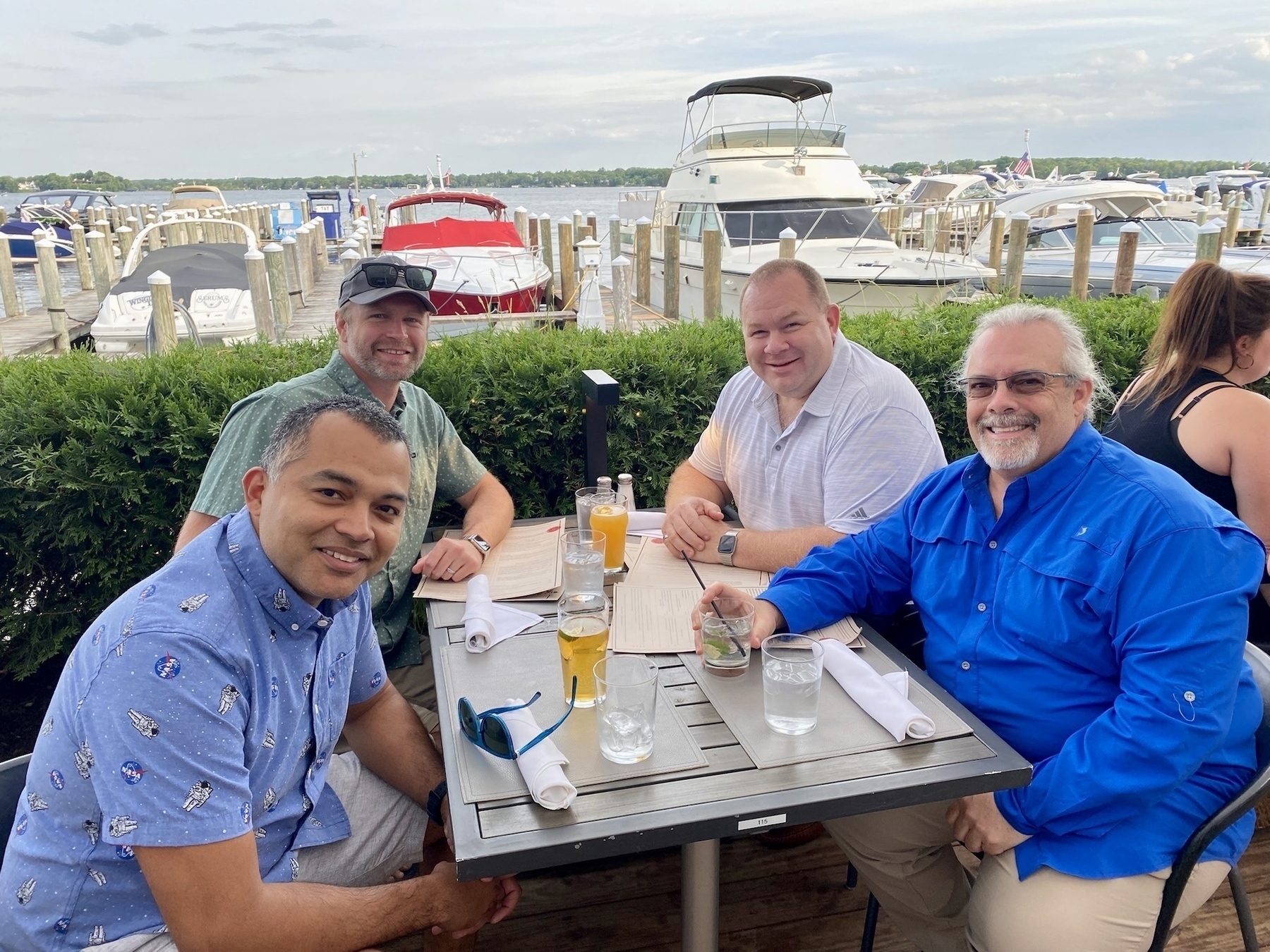
TeamSPS is always pushing forward, and earning. Karin Lucas welcoming the team as we keep leading the way!
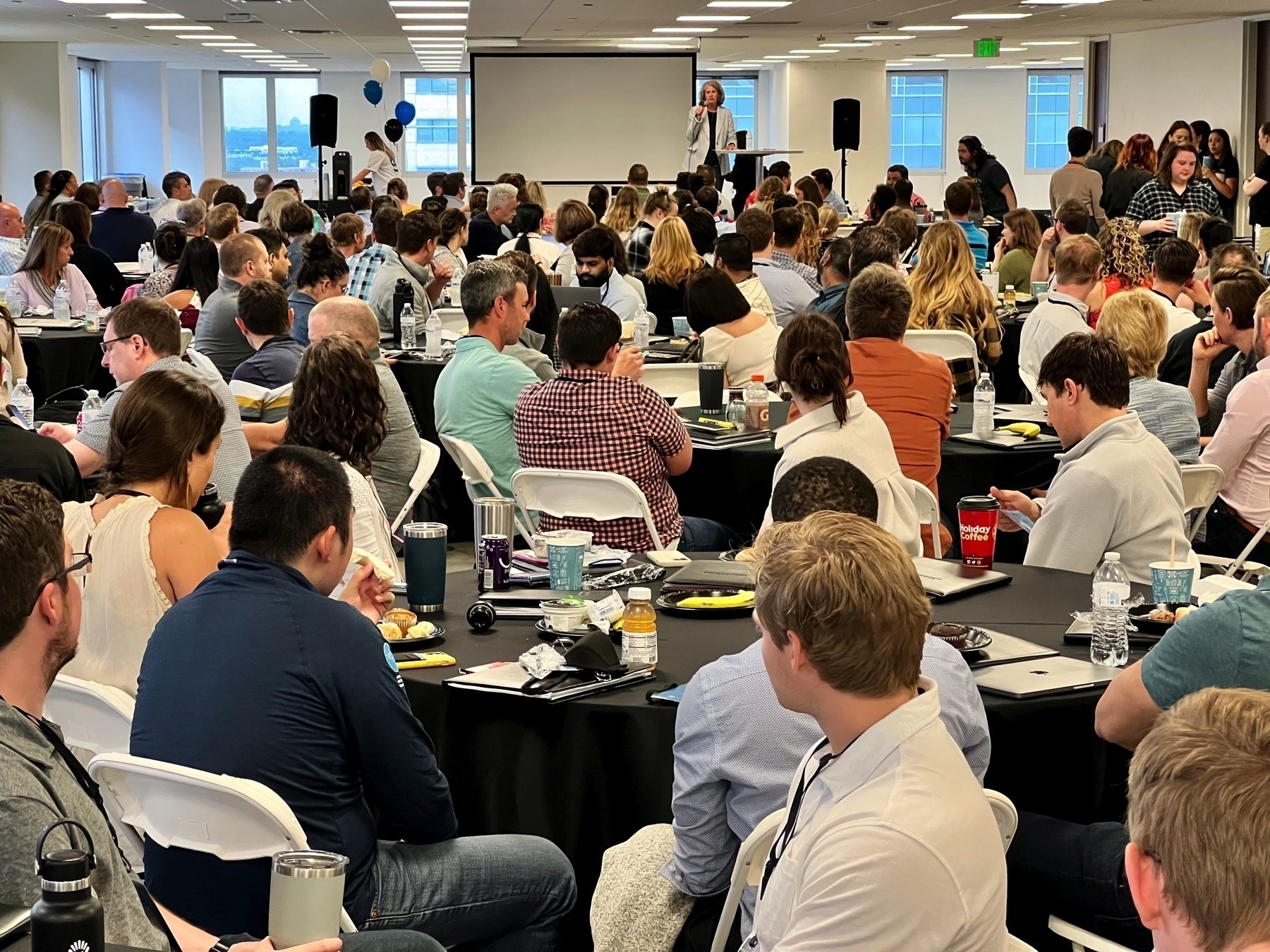
Voted for Lil Nouns DAO Proposal 13 for Retroactive Funding and Lil Grants Pool. txn.
Voted for Lil Nouns DAO Proposal 10 to Buy Noun #253 from Nouns DAO. txn.
Tammy and I at the 2022 SPS Social! 🎉 Also see 2018 and 2016.
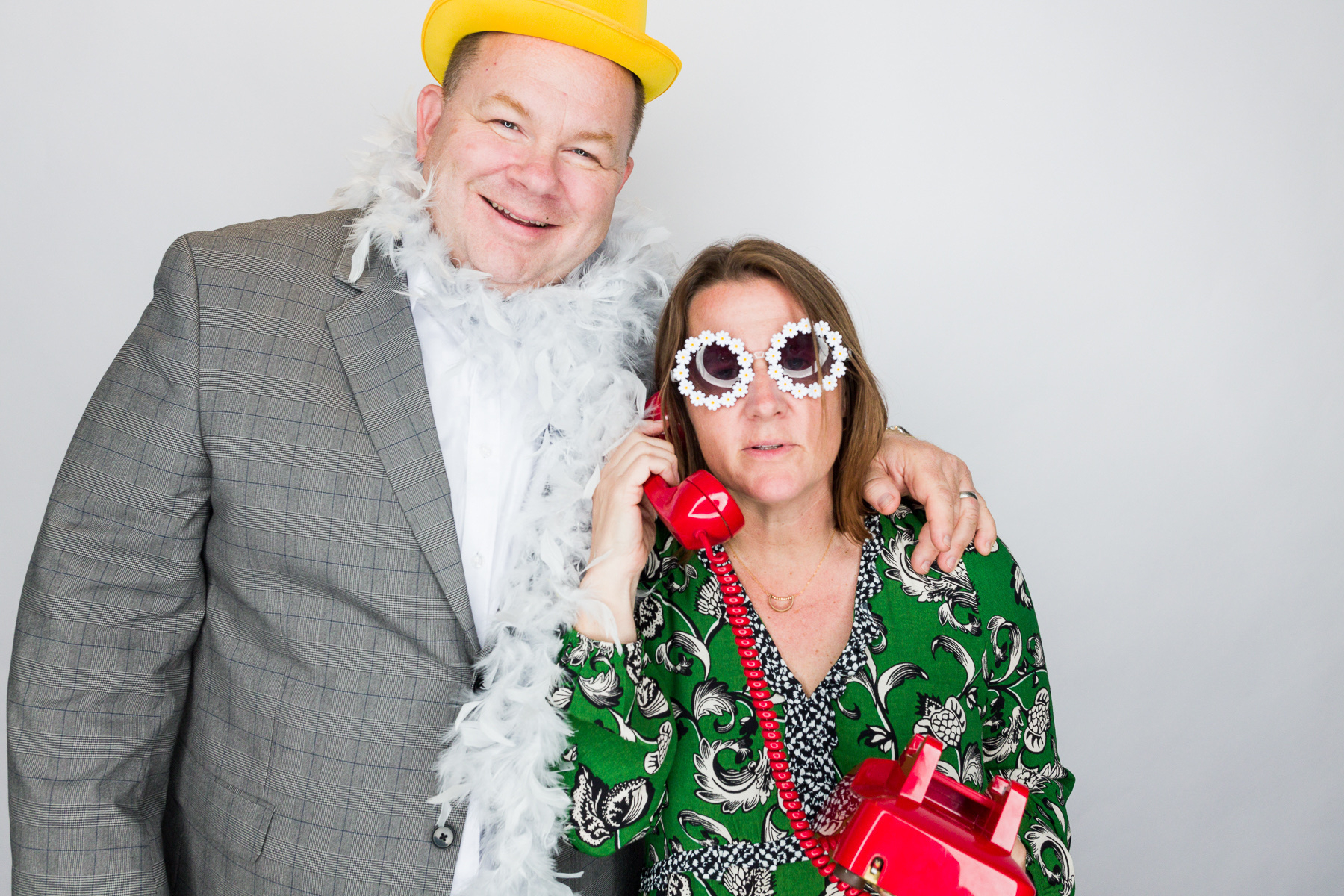
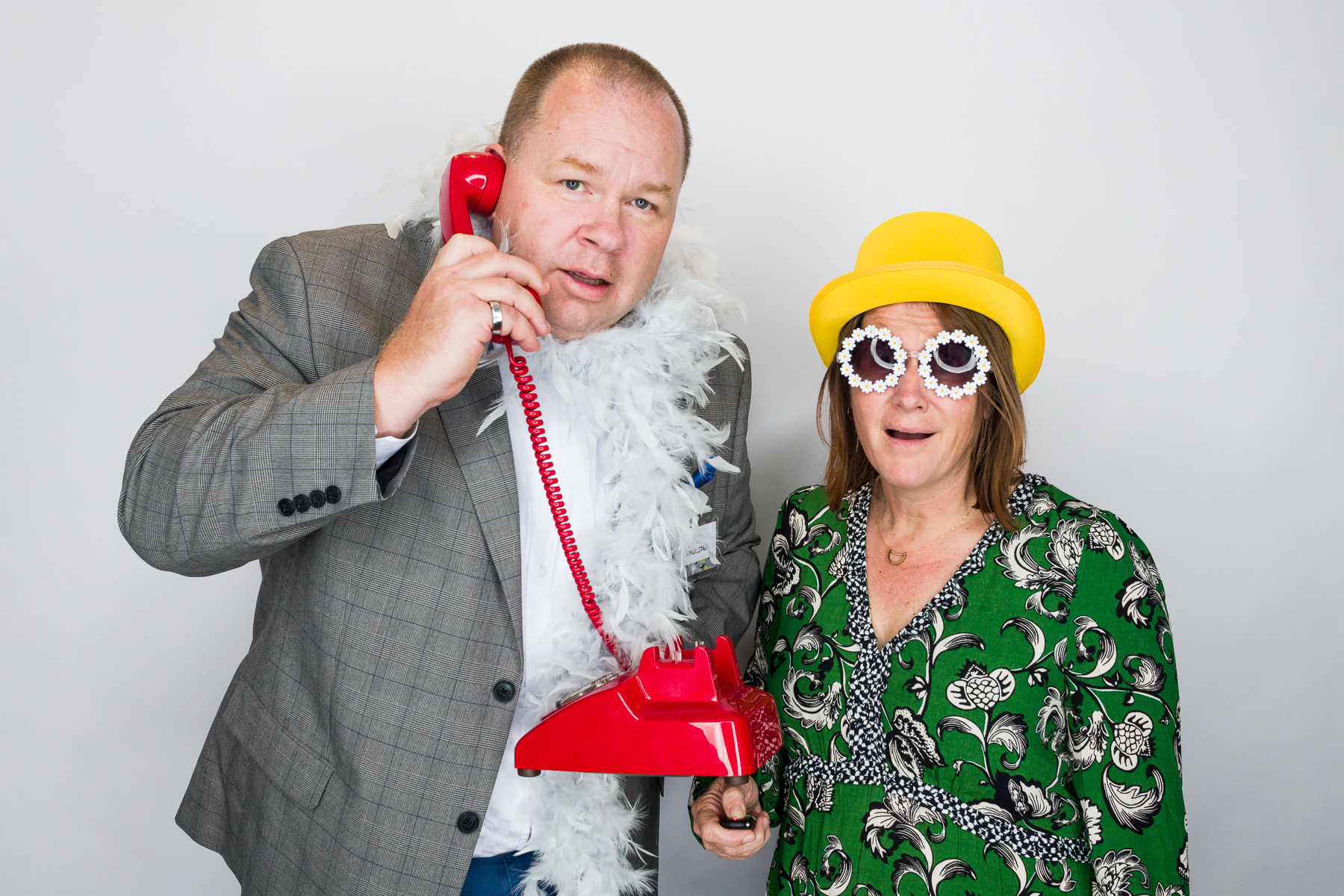
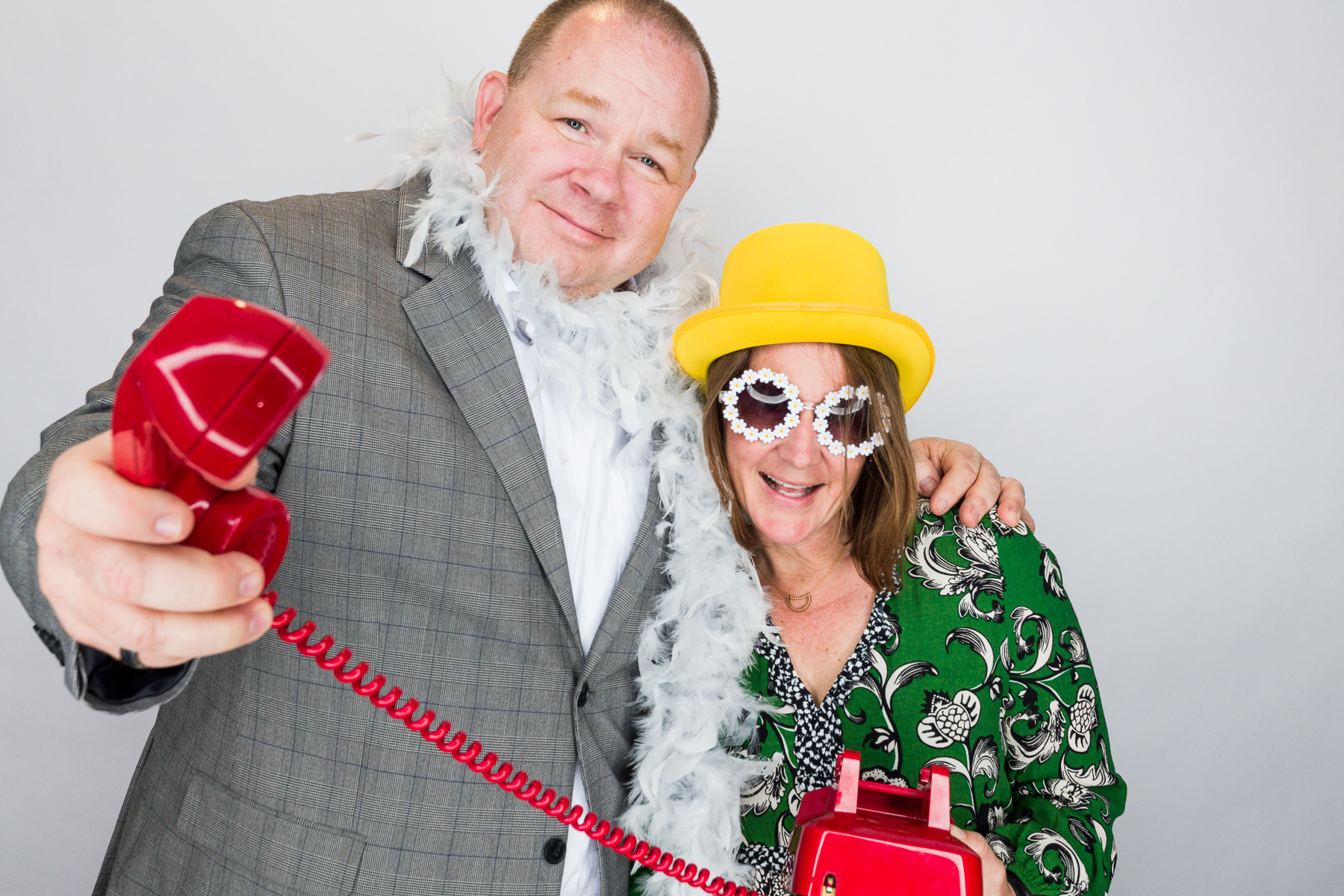
Nice night for Glen Lake GAL Softball! Mazie covering 2nd base. 🥎
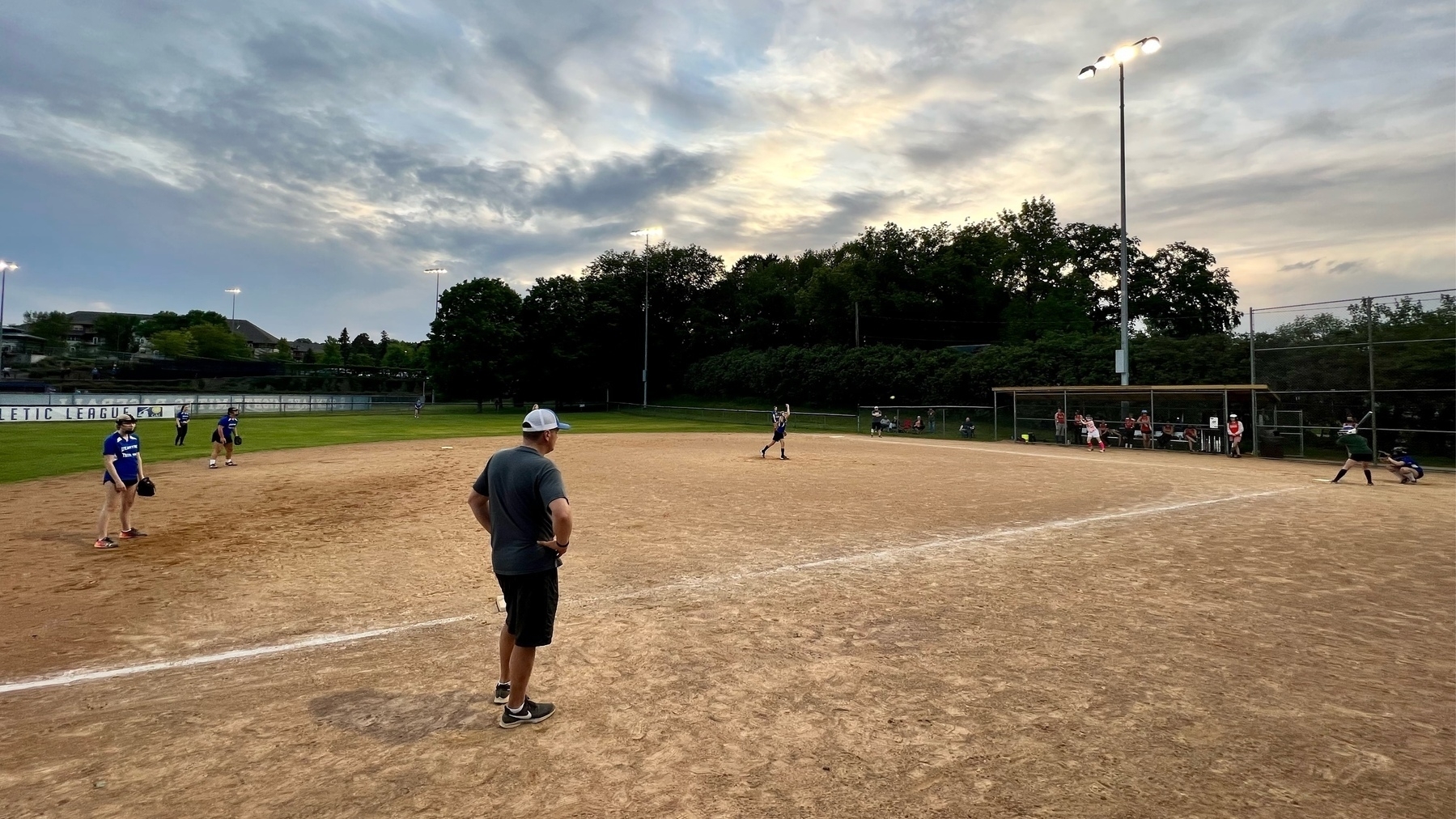
The new window manager that Apple announced at WWDC today, Stage Manager, looks interesting. I like how the experience works on a variety of display sizes. It makes me chuckle that we’ve had GUIs for 30 years and we are still figuring out window managers. 🤓
No Kowalski’s — there is no such thing as a Watermelon Tenderloin! 🤦♂️
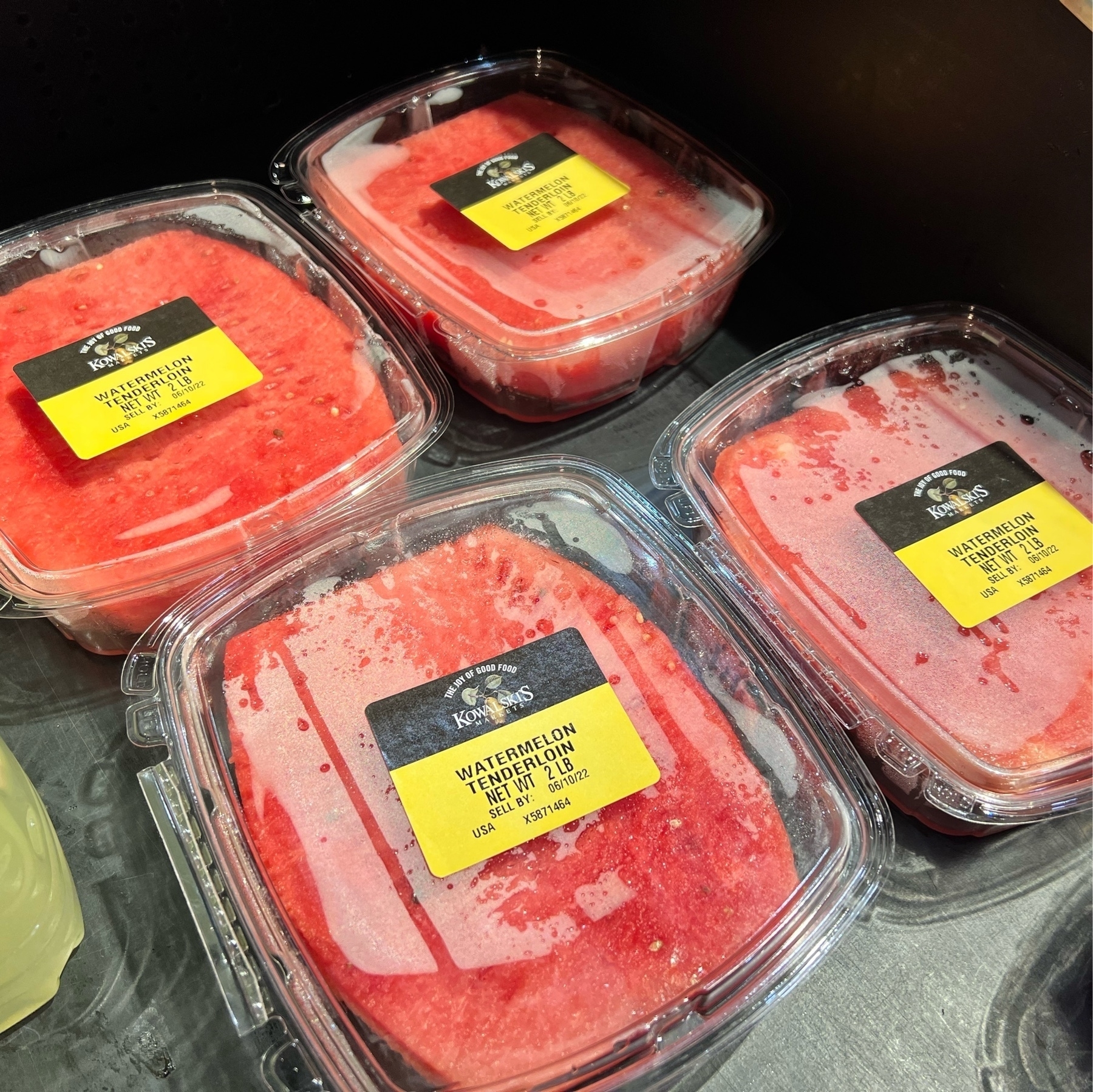
Edina Art Fair 2022
The Edina Art Fair has returned from the pandemic this year! Mazie and I made a quick visit and the art was great!
Some artists that caught our attention:
- H. Ward Miles
- Andrew Carson – we have had one of Carson’s wind sculptures for 20+ years and love his work.
- Brian Schmidt – Mazie liked his work so much she bought a couple of prints.
- Melissa Helene
- Bradley Fritz
- Linda Morvant
- Beeper Bébé
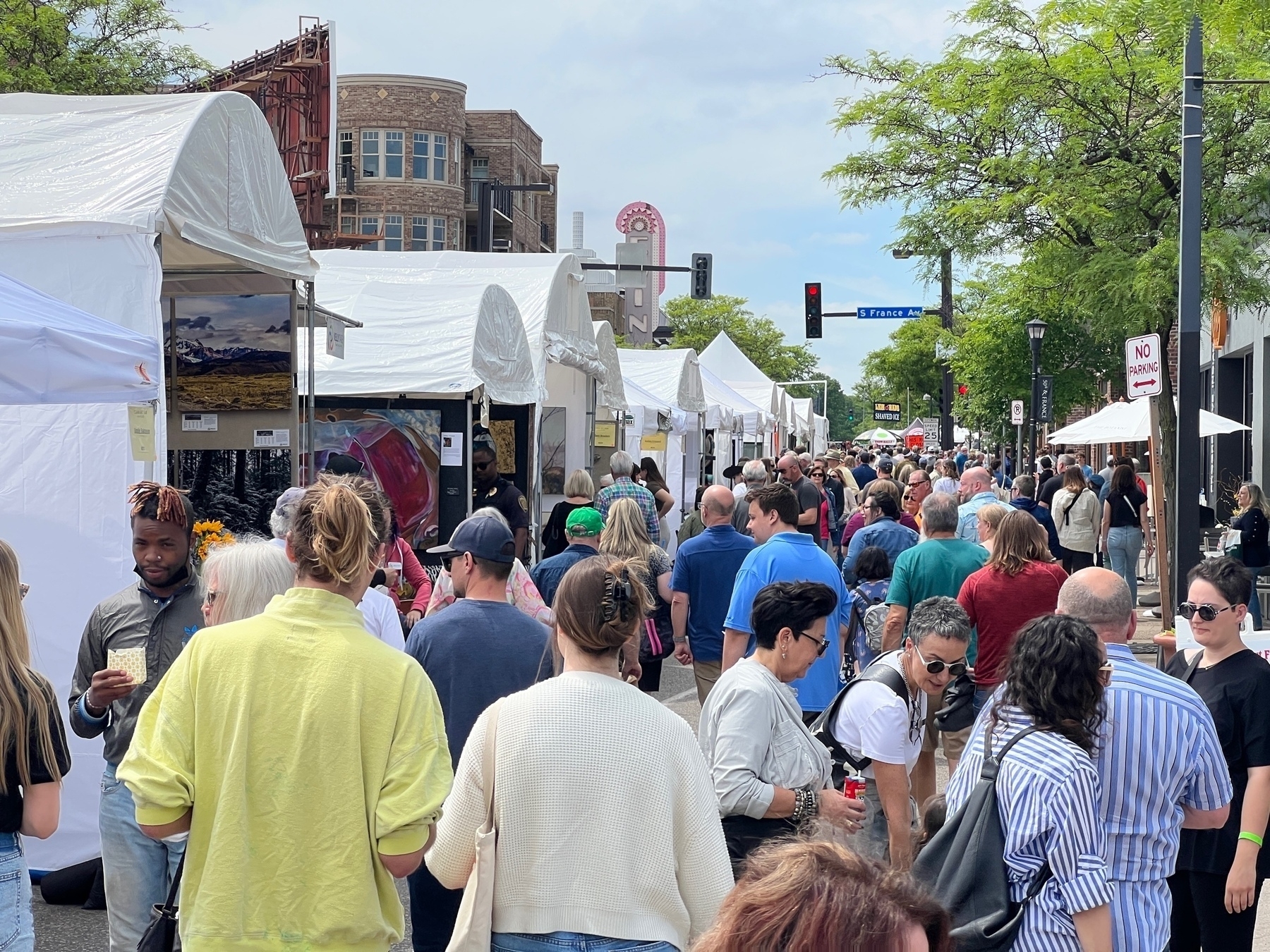
Tostado Chilaquiles with Slow-Roasted Pork at Hola Arepa is one of my favorite brunches in the Twin Cities.
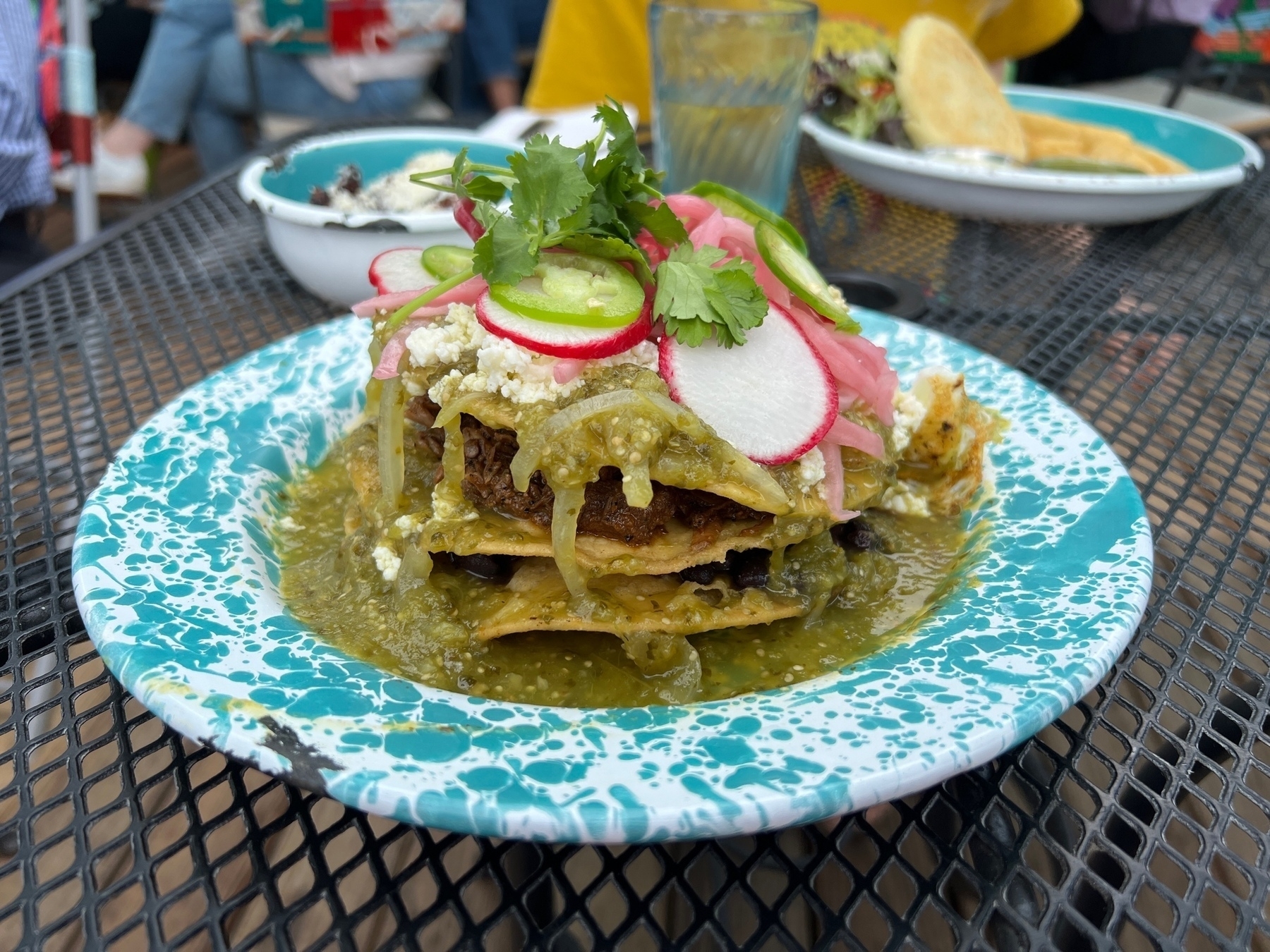
My Introduction to the POAP Community
I shared this introduction on the POAP Discourse server on January 8. I’m publishing here on my blog as well for posterity. I’m still a big fan of POAPs. It is my favorite project to introduce people to crypto with.
* * *
gm all! 👋
I first discovered POAP’s with the ENS 4th Anniversary Snapshot Vote on 04-June-2021 and I was instantly intrigued. I have always had fun collecting things and particularly find it interesting having digital tokens that capture things. Photos stop time. Geo coordinates stop motion. POAPs are a time capsule of something of note.
I created my first POAP to give to the members of my book club when we read Klara and the Sun. Mindblown! I think it was shortly after that that I joined the POAP Discord. I’m also a proud holder of the Early Issuer POAP. I’ve since created 12 POAP events for a variety of uses.
Special POAPs, that have a place in my heart.
- The ConstitutionDAO POAP… we didn’t get there, but I will always remember the event with the POAP. This is the only POAP I have migrated to Ethereum just to have it front and center.
- The POAPathon USA Holiday Spectacular I nabbed during the POAPathon this year… that got me exposed to POAPathon, more on that below…
- My Weekly Thing #200 POAP that I created when I sent the 200th issue of my Weekly Thing newsletter. Each recipient of the newsletter got a claim code.
- And perhaps my most favorite of all, my 50th Birthday POAP. On Jan 3 2022 I turned 50 and I wanted to give something to friends and family. I created a POAPathon Challenge for a design and had over a dozen design submissions! It was an amazing process and yielded what is currently my most treasured POAP! ❤️
I’ve become quite a fan of the project. I think it is a great way to curate memories. I also love it as a way to introduce people to crypto as a totally non-economic activity.
I didn’t realize how bad farming was until we issued our Reading Things First 100 POAP. We have a family newsletter called Reading Things that is all about, well, reading. My whole family writes in it and we send quarterly. We sent this POAP because we hit 100 subscribers. I didn’t know at the time how to do a unique claim code to each subscriber (like I did for the Weekly Thing 200 one)… so I just put a POAP.website link in… it was farmed terribly. I honestly wish I could “burn” that whole event and destroy all those tokens because they are trash… the farmers destroyed what should have been a cool memory for us to celebrate with these 100 first subscribers…
This got a bit longer than I was expecting… It is fun to continue to see the growth of the POAP ecosystem! You can see my collection of POAPs as well…
I always like to see all the American Flags flying on the north-western shore of Cannon Lake. 🇺🇸
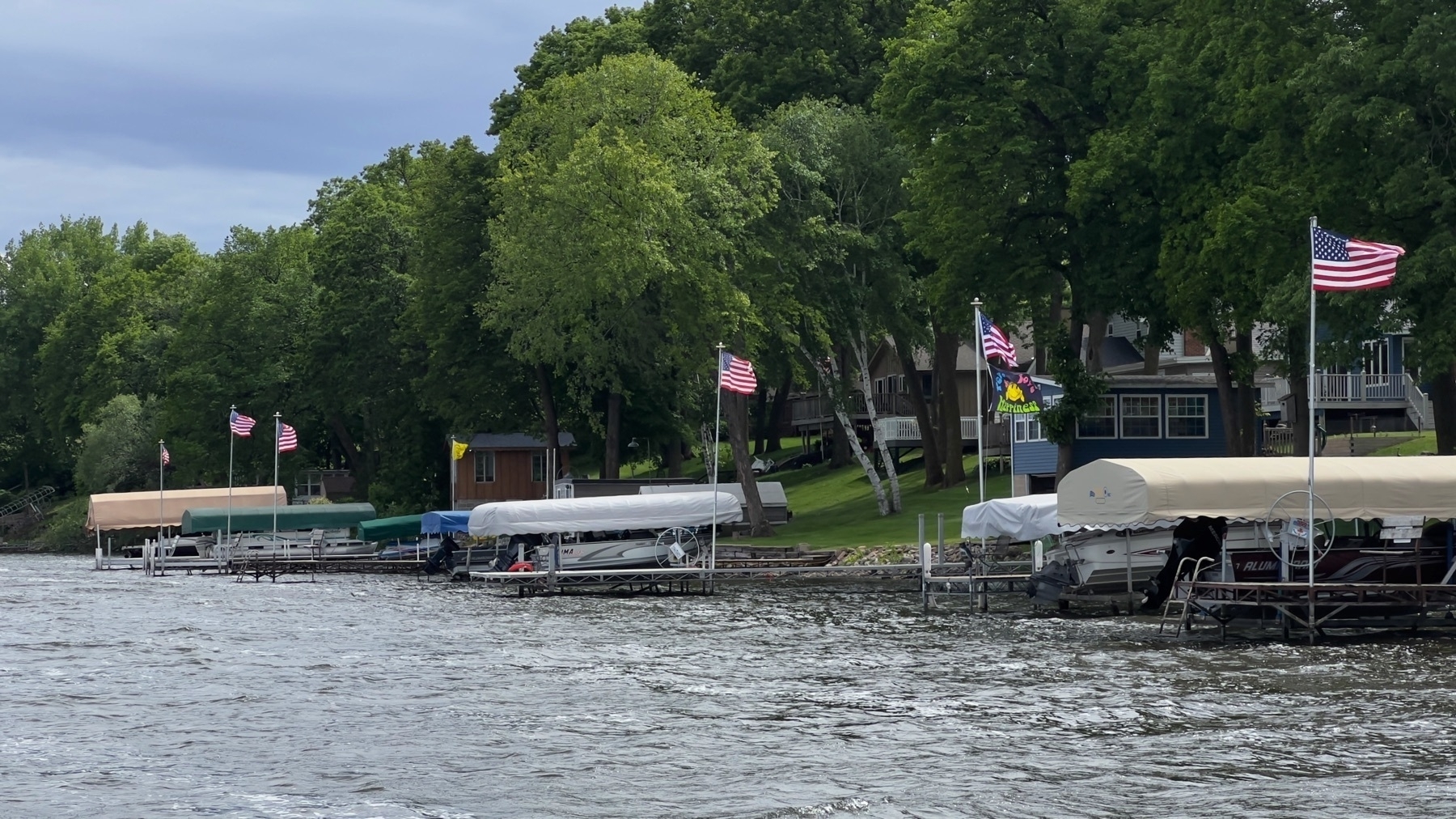
Strawberries are coming in the garden! Fresh picked strawberries are a family favorite. 🍓
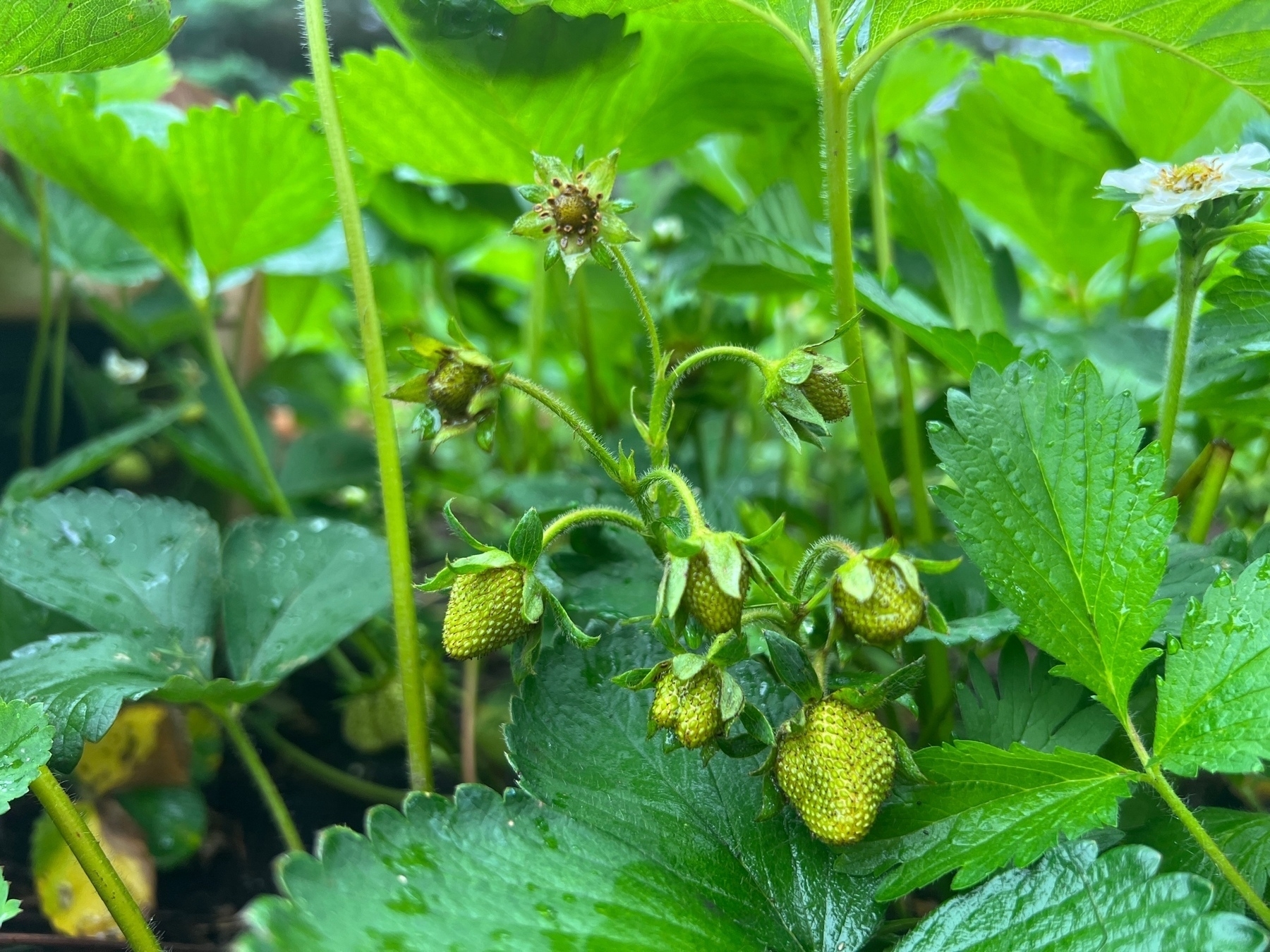
Briefly
Another Noun related project, this is project #8. I’m not sure what to make everything happening in the Nouns projects but it is super interesting. → FOMO Nouns
Small and simple tool that allows you to get email forwarded to you via your ethereum address. Thing is though, that email address is an ENS configuration. → Signer.is
Lisp is an incredible language that will bend a programmers mind into new ways of thinking. This is a very comprehensive overview to help anyone jump into learning Lisp. → A Road to Common Lisp / Steve Losh
This app has all sorts of interesting keywords: ENS, IPFS, decentralized, publish. I installed it and poked around for a bit. More playtime required. → Planet
Ohh, there is now a micro version of the Blockclock. Great gift! 🎁 → Micro Blockclock — Coinkite Store
Good overview of the Noun ecosystem. → Nouns Center
Fortune
Here is your fortune…
Don’t let your mind wander — it’s too little to be let out alone. 🧠
Thank you for subscribing to the Weekly Thing!
Recent Issues
- Weekly Thing #222 / Smalltalk, Friendships, Automata
- Weekly Thing #221 / Rebooting, Incidents, Risk
- Weekly Thing #220 / Ukraine DAO, Nouns, Icebergs
- Weekly Thing #219 / Friendships, FloriNouns, Rich Strike
- Weekly Thing #218 / An unscheduled break
About
I once created a wiki to track thousands of global wikis and store the number of users, pages, edit and files over time. It records the extensions used and is the most comprehensive data system of the wiki ecosystem. The project, called WikiApiary, is still being run by people in the MediaWiki team.